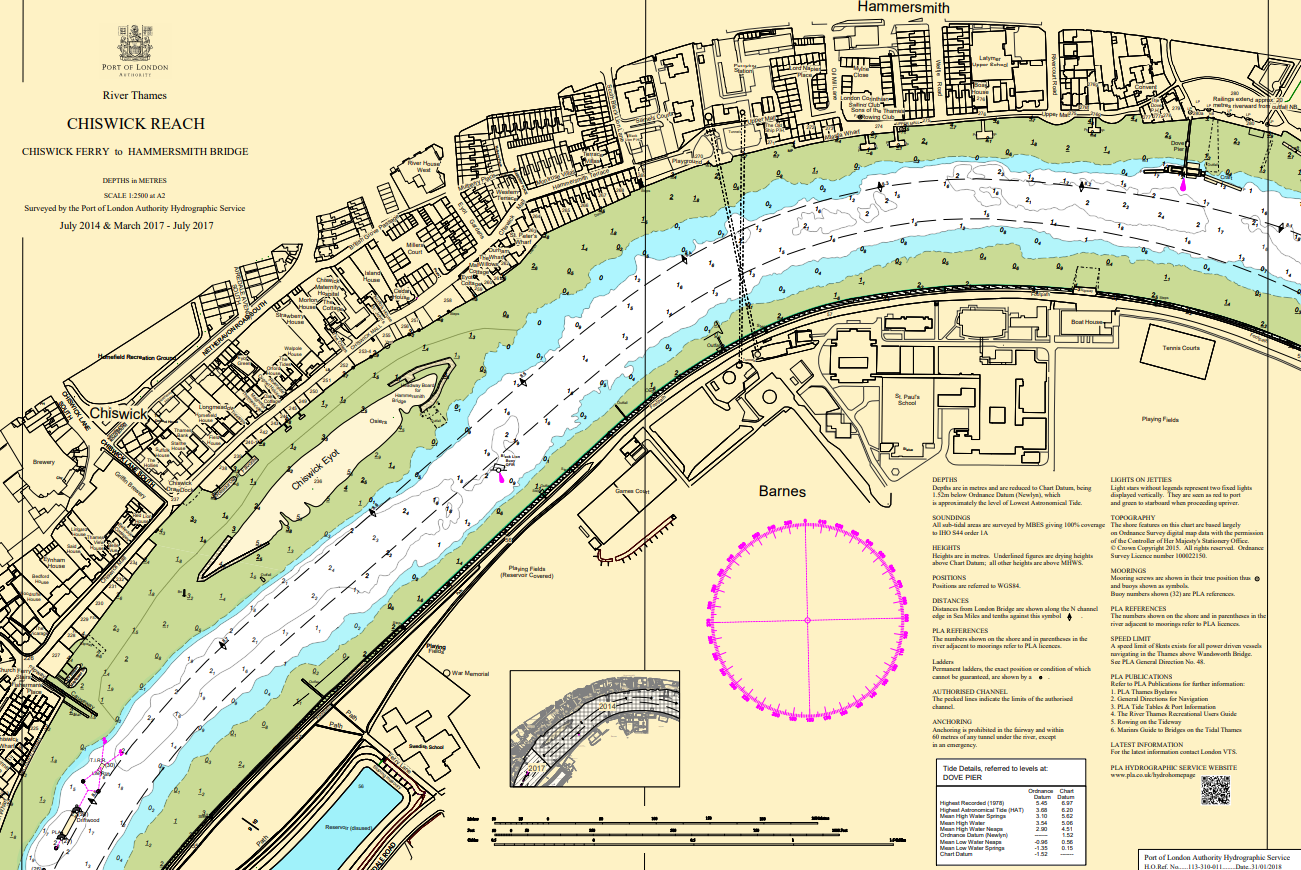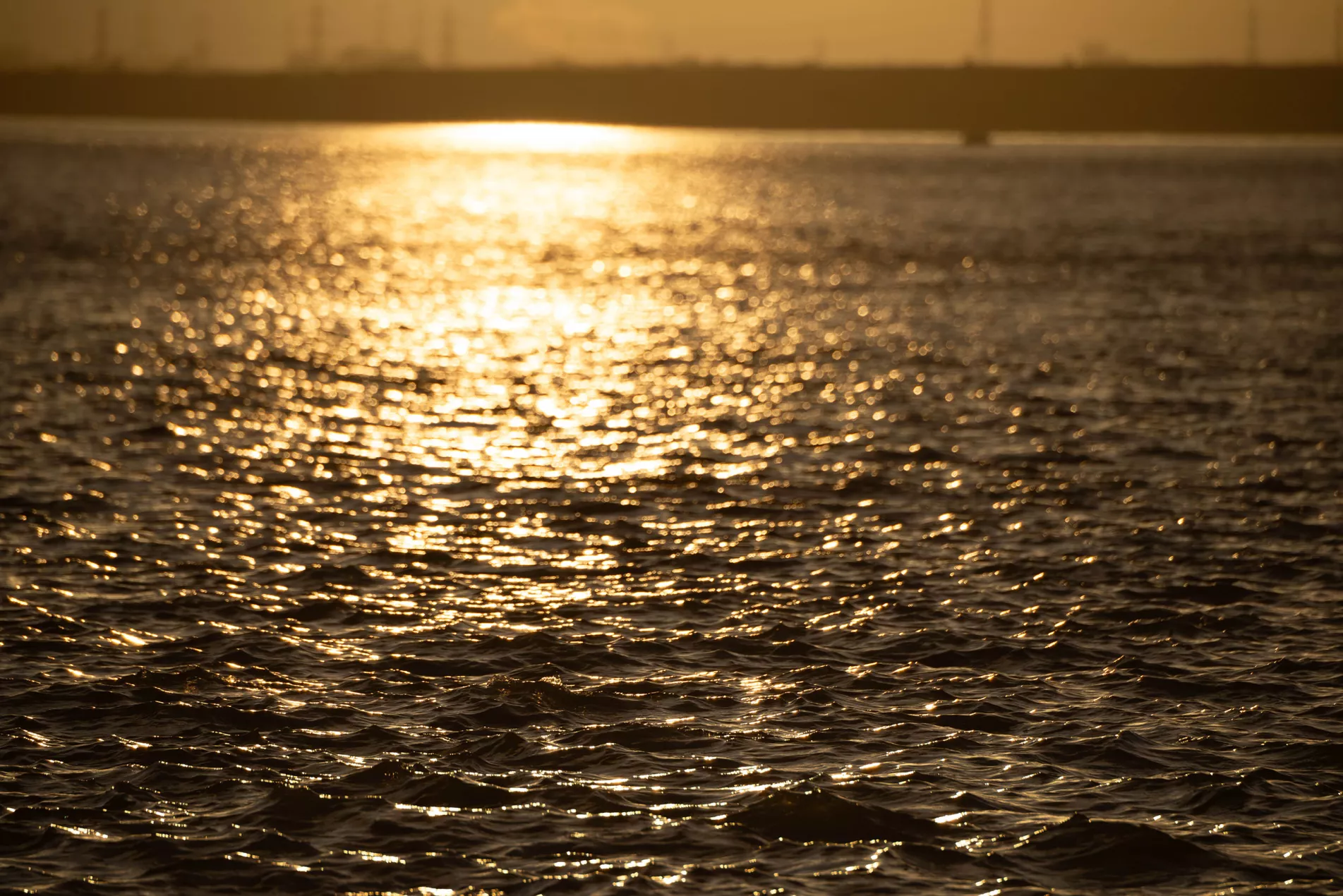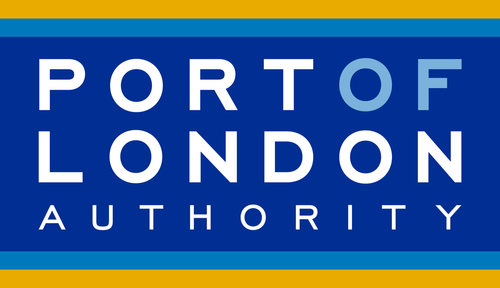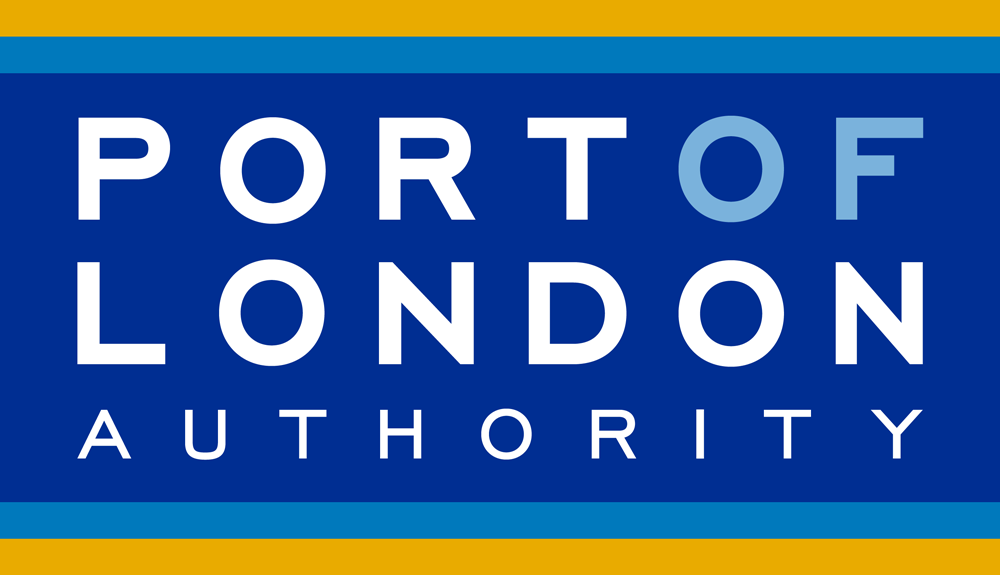Live Tides
NOTICES TO MARINERS
Charts & Surveys

Incident reporting
Life-threatening emergencies on the river:
Call 999 and ask for the Coastguard
For near miss, safety observations and incident reporting click below
Pilot Transfer Arrangements
| Notice Ref | NABSO13-24 |
| Issuer | Lyn Kindlen-Funnell |
| Issuer Role | Harbour Master |
| Issue Date | 29/10/2024 |
| Expiration Date | 29/10/2025 |
| District | NABSO |
| Reach(es) |
This Notice supersedes and replaces NABSO12-23, which is hereby cancelled.
We continue to receive reports in relation to Pilot Ladder deficiencies where the safe Pilot boarding arrangements have not met the required international and national standards and have been presented in an unsafe & dangerous manner. In 2023 the Port of London Authority received a total of 112 Pilot ladder deficiency reports. An increase in reporting and awareness has seen a total of 76 Pilot ladder deficiencies being reported so far this year. These continue to be our single most common deficiency.
Vessels arriving into the Port of London with deficient Pilot boarding arrangements may have their movement cancelled. Pilots have the right to refuse boarding of a vessel which has rigged a non-compliant Pilot transfer arrangement and retain the right to report the defect to port state control authorities. This can lead to serious delays and may result in the vessel being required to anchor until such deficiencies have been remedied. In some cases, a full port state control inspection by the Maritime & Coastguard Agency may be carried out, which would lead to financial penalties.
Any Pilot refusing to board a vessel for such reasons will have the full support and backing of the Port of London Authority.
Common Pilot ladder deficiencies which often result in delays and Port State Control inspections:
PILOT LADDER SECURED BY DECK TONGUE
Although a common securing arrangement which may appear a simple solution to install and adjust a Pilot ladder, this method is deemed non complaint in the UK and dangerous for anyone who might have to use it. Applicable regulations:
ISO799-1(2019) states that: “each side rope shall have a breaking strength of at least 24kN and the diameter should be 18mm.”
ISO799-1(2019) states that “each step shall have a strength of at least 8,8 kN”.
IMO1045(27) 2.1.1 “the securing points etc shall be at least as strong as the side ropes”.
Therefore, although each side rope can handle 2,400kg (4,800kg together) and each step can handle a weight of 880kg, the strength of the deck tongue is often unknown nor tested and certificated.
.png)
PLATFORM PLACED OVER THE SECURING AREA OF THE LADDER
A compliant platform built over the securing area of the Pilot ladder can be seen to improve access but can hide a non-compliant securing arrangement. (Pic 2 & 3)
Pilots who encounter a platform over the ladder will often ask to check the securing arrangement. Should this be found non-compliant it may be reported as a deficiency to the Port Authority & local MCA office.
.png)
EMBARKATION PLATFORM - TRAPDOOR SYSTEM
Where the vessels freeboard exceeds 9m, an arrangement consisting of both accommodation and Pilot ladders must be used. Some vessels are still presenting arrangements with a trapdoor which has not met IMO standards since 2012. (Pic 4)
IMO A.1045(27) 3.7 states the ladder has to “extend above the lower platform to the height of the handrails” and remain in alignment with and against the ship’s side. (Pic 5)
.png)
SECURING PILOT LADDER WITH SHACKLES
Shackles are a common Pilot ladder securing deficiency. This is because although the IMO allows it: IMO A.1045(27): 2.1.1 “the securing strong points, shackles, and securing ropes should be at least as strong as the side ropes” it must be noted that the UK Authorities have declared the use of shackles as non-compliant, because this puts weight on the steps rather than the side ropes. When the Pilot puts weight on the ladder, the ladder will move freely under the shackles until the next chocks and step has reached the shackles.
.png)
Pilot ladders should be secured using rope lashings to a deck strong point using a rolling hitch or appropriate hitch to secure the side ropes. The strong point should be at a distance of not less than 915 mm measured horizontally from the ship’s side inwards. (Pic 7)
SAFE RIGGING OF RETRIEVAL LINES
Retrieval lines (sometimes called tripping lines) are often used to lift the Pilot ladder. These lines are potentially dangerous, they may foul the Pilot vessel or be a hazard to the Pilot’s feet. When a retrieval line is considered necessary to ensure the safe rigging of a Pilot ladder, the line should be fastened at or above the last spreader step and should lead forward. The retrieval line should not hinder the Pilot or obstruct the safe approach of the Pilot boat. (Pic 8)
IMO Resolution A.1045(27) 2.1.5
.png)
STANCHIONS
SOLAS V Reg 23 & IMO Res 1045 (27) states:
Stanchions to be at least 1.2 metres above the deck/bulwark. (Pic 9)
To be a minimum of 70 cm and maximum of 80 cm apart.
Stanchions are to have a minimum diameter of 32mm, in order to provide a firm grip. (ISO 799- 3:2022 now also details a maximum diameter of 36mm)
Each stanchion to be rigidly secured at or near the base and at a higher point. (There shouldn’t be a gap at the base of the stanchion to facilitate rigging for the spreaders)
.png)
The absence of suitable handholds & stanchions can lead to serious accidents. Unfortunately, in many cases, when it comes to the proper use of handholds or stanchions, ships are non-compliant by design. All vessel those who fall under an older version of SOLAS should still ensure they make every effort to enable Pilots to embark and disembark safely.
With immediate effect the master of any vessel subject to compulsory Pilotage is required to ensure their vessel complies with safe boarding and landing for Pilots within the Port of London Authority’s jurisdiction in accordance with the IMO Convention for Safety of Life at Sea.
Keel Laid | SOLAS Regulation | SOLAS Regulation | Invalid From |
|---|---|---|---|
On or after 25/05/1980 | SOLAS 1974 V/R.17 | 25/05/1980 | In force |
On or after 01/01/1994 | SOLAS 91/92 V/R.17 | 01/01/1994 | In force |
On or after 01/07/2002 | SOLAS 99/00 V/R.23 | 01/07/2002 | 01/07/2012 - Not in force |
On or after 01/07/2012 | SOLAS 10 V/R.23 | 01/07/2012 | In force |
Further information can be found in IMO Resolution A.1045 and the Shipping Industry Guidance on Pilot Transfer Arrangements.
Last updated: 2025-10-19 20:37:57
Discover


